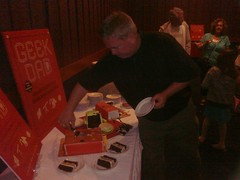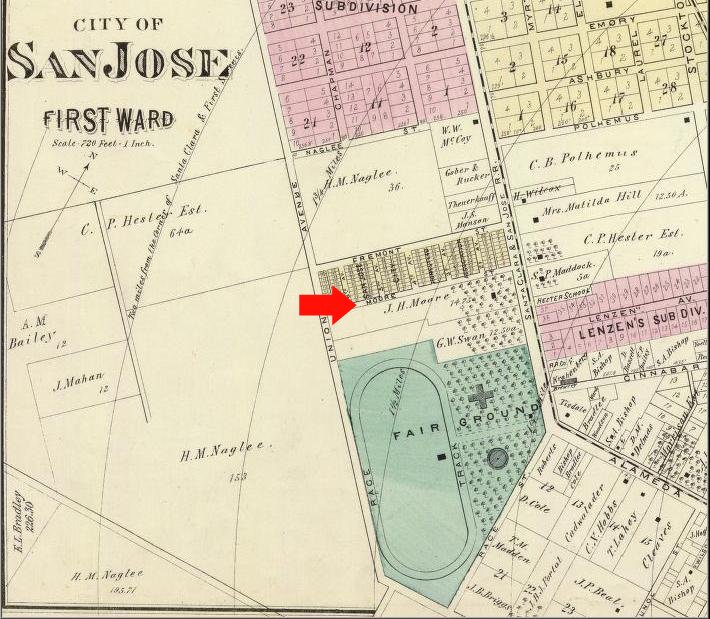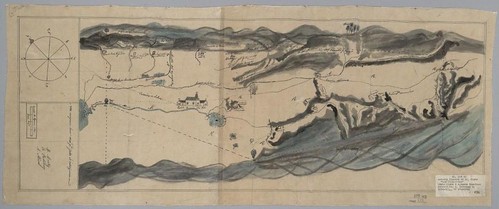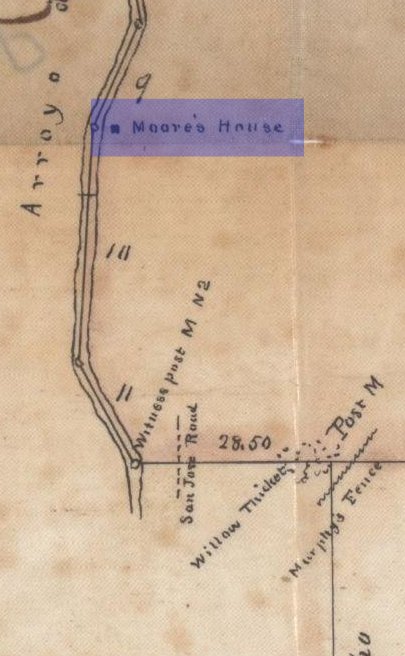Saturday night my family was delighted to attend the private book release party for Geek Dad hosted by author Ken Denmead. The party was held at Dave & Busters at the Great Mall in Milpitas. Ken is a close longtime friend, and this book launch was the culmination of an exhilarating, transformative journey for him, a dream coming true. We relished sharing this special moment with him, and rejoiced in his excitement. It was a special treat for me because I was credited as a contributor to the book.
Ken and I have known each other since the eighth grade, went to high school together, and have been good friends all along, more than two-thirds of our lives now. We got married around the same time to amazing wives and our kids are very close in age and are growing up together. (They might tell you they’re already grown.) He’s a professional engineer but he harbors many passions including movies, science fiction, internet trends, and fine food. Frankly, he’s a geek.
“Geek” used to be an insult but today it’s been reclaimed and is a self-identifying term of pride used by those whose personalities, by Ken’s definition, achieve balance in the following traits: knowledgeability, obsessiveness, and social skills. In short geeks know a lot of stuff, throw themselves with abandon into that stuff, and enjoy sharing that stuff with like-minded friends. That’s Ken.
In 2007 the editor-in-chief of Wired Magazine, Chris Anderson, started a blog under Wired’s web site called GeekDad to celebrate the intersection of geekdom and parenthood. (Despite the name, Geek Moms are equally valued, if slightly underrepresented.) Geeks get married and have kids, and the blog is a forum for exploring ways for geeky parents to share their interests with their kids, benefiting all. Ken joined the blog as a contributor and was shortly named its editor. Under his direction the blog and accompanying podcast have exploded in popularity with dozens of writers and millions of visits, being frequently referenced by major internet and traditional media outlets. In 2008 he was approached to propose and write a book which he did with amazing vigor. About one thousand gallons of sweat and two thousand gallons of Peet’s coffee later, his baby is done and its official release date is May 4, 2010, having been duly fêted on Saturday, May 1 by his supportive family, friends, and colleagues.
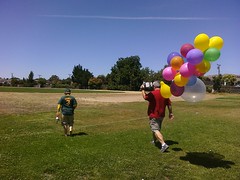 The book is organized into fun, engaging projects geek parents can undertake with their kids. They are geek-tested, kid-approved, and vice-versa. Ken included a project I conceived to create electronic flash cards on a Sony PSP hand-held video game system to help my son study for tests without the waste and expense of old-school paper cards. He also describes a project to launch a video camera into the sky for aerial videography by attaching it to a flock of helium balloons. I spent a fun day last year helping him prototype that project; call me “Partner P2.”
The book is organized into fun, engaging projects geek parents can undertake with their kids. They are geek-tested, kid-approved, and vice-versa. Ken included a project I conceived to create electronic flash cards on a Sony PSP hand-held video game system to help my son study for tests without the waste and expense of old-school paper cards. He also describes a project to launch a video camera into the sky for aerial videography by attaching it to a flock of helium balloons. I spent a fun day last year helping him prototype that project; call me “Partner P2.”

 Naturally there are El Camino Real connections here. The book release party was at the Great Mall, which is on Main Street in Milpitas. This is part of what I call “El Camino de San Jose,” the historic road linking the San Jose Pueblo to Mission San Jose in Fremont. The Great Mall was built from the old Ford assembly plant. Further, one of the chapters in the book details a fourth-grade school project wherein his oldest son built an amazing model of Mission San Luis Rey de Francia made entirely out of cake and other edible ingredients. This model was inspired by the masterful cake creations of Charm City Cakes featured on the television program Ace of Cakes starring Geek Chef Duff Goldman. Mission San Luis is the largest in the California mission chain, founded in 1798 by Fr. Fermín Lasuén near present-day Oceanside in Southern California. By Ken’s taxonomy I’m an El Camino Real nerd today, but I aspire to be an El Camino geek. I have been to several El Camino community planning meetings, which are the closest things we have to conventions. El Camino Con?
Naturally there are El Camino Real connections here. The book release party was at the Great Mall, which is on Main Street in Milpitas. This is part of what I call “El Camino de San Jose,” the historic road linking the San Jose Pueblo to Mission San Jose in Fremont. The Great Mall was built from the old Ford assembly plant. Further, one of the chapters in the book details a fourth-grade school project wherein his oldest son built an amazing model of Mission San Luis Rey de Francia made entirely out of cake and other edible ingredients. This model was inspired by the masterful cake creations of Charm City Cakes featured on the television program Ace of Cakes starring Geek Chef Duff Goldman. Mission San Luis is the largest in the California mission chain, founded in 1798 by Fr. Fermín Lasuén near present-day Oceanside in Southern California. By Ken’s taxonomy I’m an El Camino Real nerd today, but I aspire to be an El Camino geek. I have been to several El Camino community planning meetings, which are the closest things we have to conventions. El Camino Con?
I asked Ken if with its tech-savvy focus this book could have been written anywhere else besides Silicon Valley. (He and his family live in Fremont which is a city that bridges Silicon Valley and the East Bay.) He believes it could have. The GeekDad blog has contributors scattered throughout the world, reflecting the fact that although so much technology innovation is centered here, content is king and is being created everywhere. I asked him how he felt at this moment and he replied, “scared and excited.” He’s always been a creative force and he has accomplished much with the blog, but having written and published a book is a milestone on a different level, a game- and potential life-changer.
I’ve read a few chapters so far and I recommend this book whole-heartedly, and not just because it was an awesome party. I should also disclose that Ken graciously gave me a complimentary copy for contributing the flash cards project to the book. It’s an enjoyable read, infused with Ken’s signature dry wit and winking geek culture in-jokes. Mother’s Day is nearly here and Father’s Day and graduations are not far behind; the book is a great gift for all occasions. The projects it contains will be perfect for upcoming summer days, ways to forge family memories more lasting than video game high scores. My son, thumbing through it, exclaimed, “This is so cool. I love this book!” It will be available starting this week from a wide variety of online and real-life retail outlets. Ken deserves every success in this remarkable endeavor. It couldn’t have happened to a nicer Geek or a more beloved Dad.

